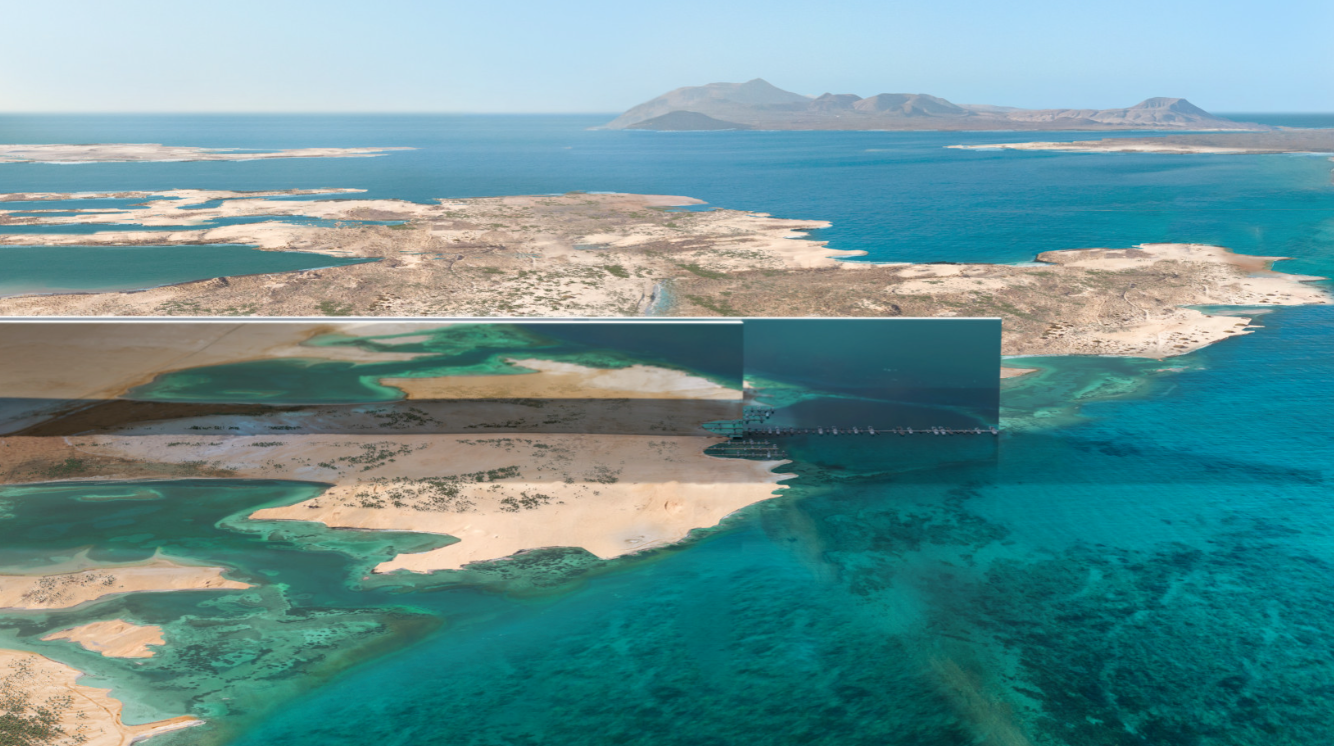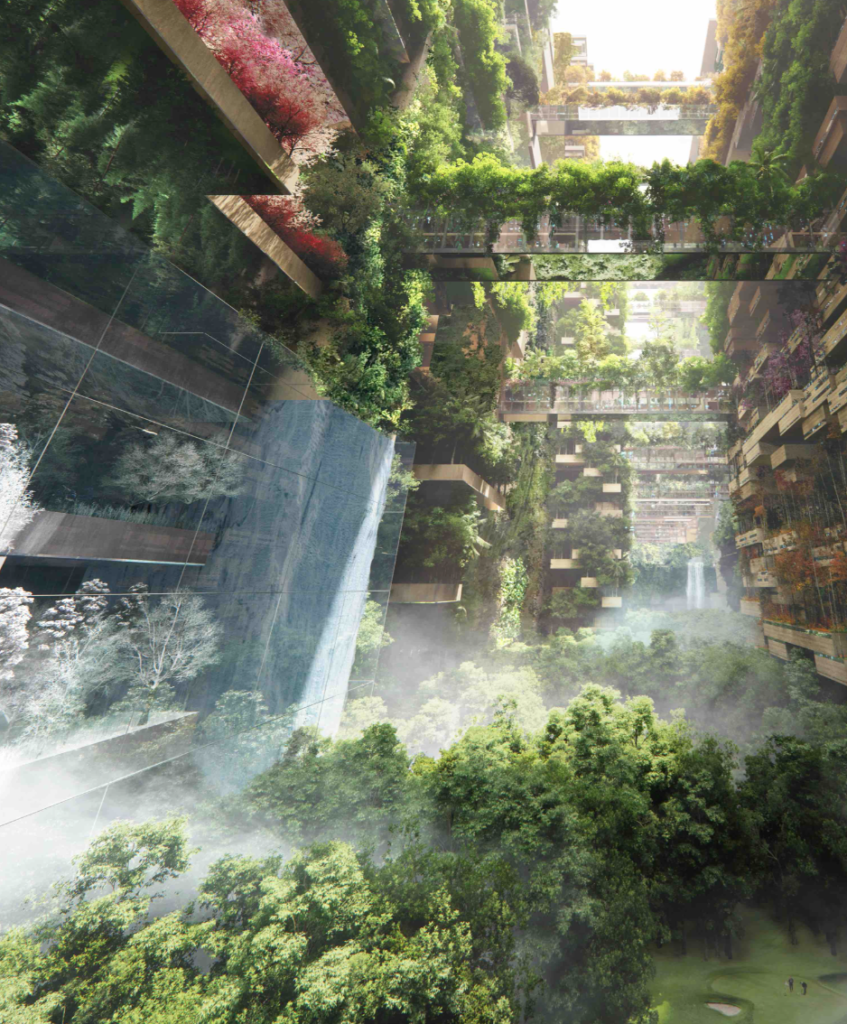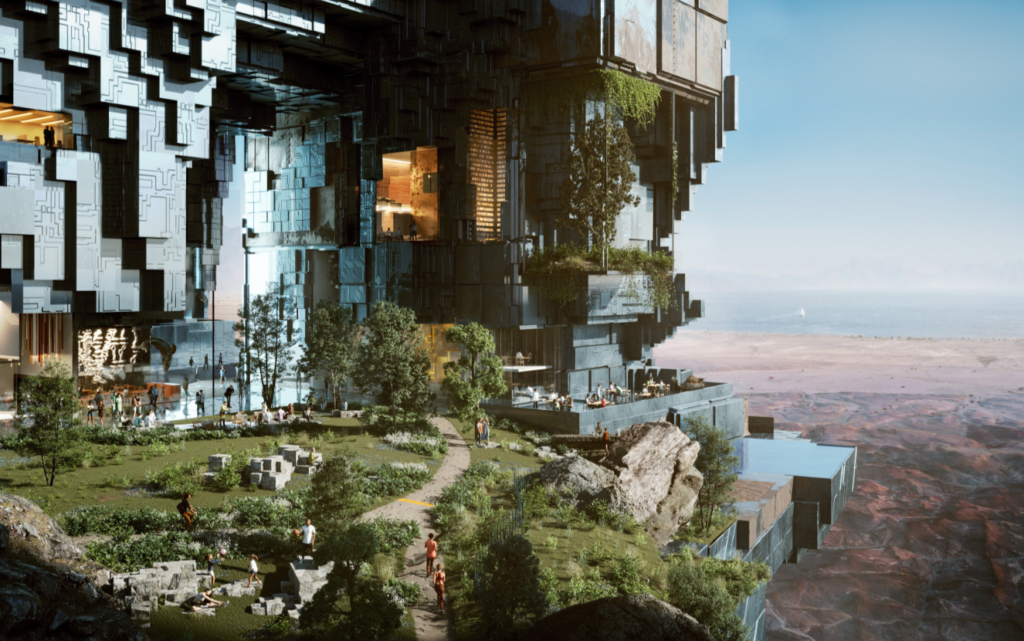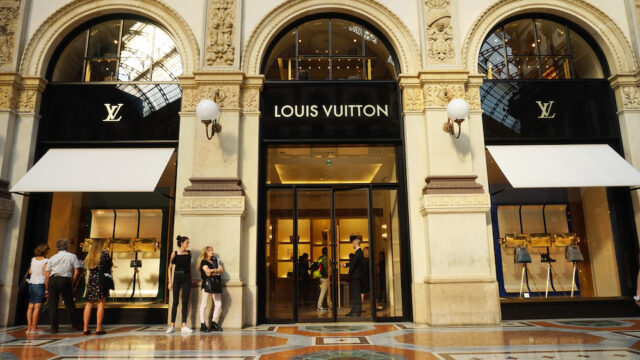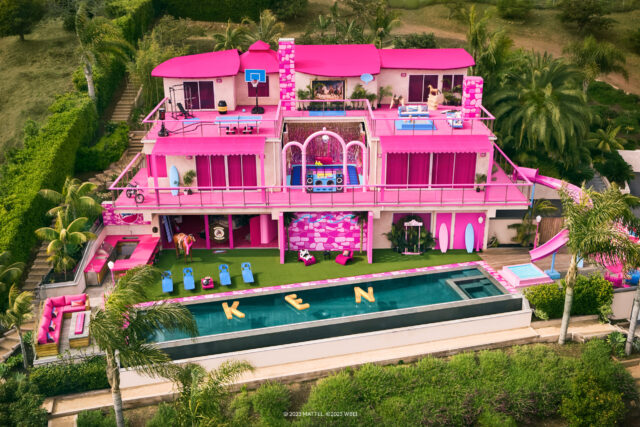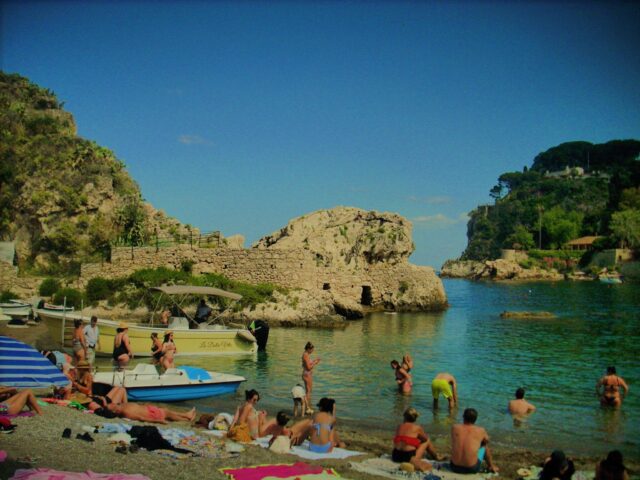Saudi Arabia Unveils a New Futuristic City
Many countries are getting creative with redevelopment to tackle the extreme climates they are facing. After Maldives started the floating city program to deal with the rising sea level, Saudi Arabia, a country where desert covers 95% of the land, is now building a futuristic metropolis that fits its desert climate. The city’s exterior appears as a line of mirrored skyscrapers. Although the city is over 105 miles in length, it is only approximately 656 feet wide.
This futuristic city is called The Line, named after its appearance. On July 25, Saudi Crown Prince Mohammed bin Salman announced the designs of The Line. According to Salman, this city built on a footprint of 21 square miles will accommodate 9 million people, and such a small size is unprecedented for cities with similar capacities. People will live their lives in 500-meters-high parallel structures, with vertical-layered communities. The mirrored facade outside the buildings will also help the city to blend with nature.
Besides its featured appearance, the internal designs of the city are also unique. There will be no cars, roads, and emissions in this future city. According to NEOM, there will be an “ideal climate all year round”.
Saudi Crown Prince Mohamed bin Salman just announced The Line – a breathtaking 170 km-long vertical city at NEOM
— حسن سجواني 🇦🇪 Hassan Sajwani (@HSajwanization) July 25, 2022
pic.twitter.com/eim38hB9PU
Also, as Crown Prince Mohammed bin Salman introduced, “the city’s vertically layered communities will challenge the traditional flat, horizontal cities and create a model for nature preservation and enhanced human livability.” In the vertical city made by skyscrapers, various facilities are distributed in different layers. Instead of moving two-dimensionally (horizontally) as in the traditional city, people in The Line can now arrive at their target areas by moving horizontally and vertically. Thus, it becomes possible for people to reach all the facilities they need daily in 5 minutes. There will also be a high-speed rail going across the city. The entire city-length can be traveled in 20 minutes.
According to NPR, “the construction has already begun, and Saudi projections call for 1.5 million people to live in The Line by 2030.” By 2045, 9 million people would finally settle down there.
His Royal Highness Mohammed bin Salman, Crown Prince and Chairman of the NEOM Board of Directors, today announced the designs of THE LINE, a civilizational revolution that puts humans first, providing an unprecedented urban living experience.#TheLINE #NEOM pic.twitter.com/LkmKpCFtS7
— NEOM (@NEOM) July 25, 2022
The Line is a component of NEOM, a larger megacity development on the Red Sea area that spans 16,466 square miles. As a Bloomberg report suggested, NEOM is “part of the prince’s grand plan to bolster non-oil revenue and attract foreign investment.” By launching such programs, the prince wants to diversify and transform Saudi’s economy. According to its plan, both industrial and logistic zones would be included in NEOM.
When announcing the design of The Line, Prince Mohammed also emphasized, “NEOM would remain one of the most important projects of Saudi Vision 2030.”
Just imagine the life there… #NEOM pic.twitter.com/cKdeu4EFIb
— Aziz (@nomadicaziz) July 28, 2022
However, when actually living in The Line, life might not be as idealized as it may sound. The Line theoretically provides a new form of life, yet none can know if that will work successfully. In his interview with NPR, Carlos Felipe Pardo, a senior advisor to the New Urban Mobility Alliance, notes that such deliberate designs often “created new urban settings where problems have also arisen.” For instance, since the entire cityscape is artificial, it might become difficult for people to interact with genuine nature. According to Pardo, such a design might disregard individuals’ wishes to simply go out.
Despite suggesting potential problems, Pardo is still confident about this program. Such problems are not unsolvable. This high-tech futuristic city running fully on clean energy is still prospective. Hopefully, it will become a model for future desert-based cities.
Readers can check out the video below to learn more about The Line.
Journalist | Instagram @immeradrian

